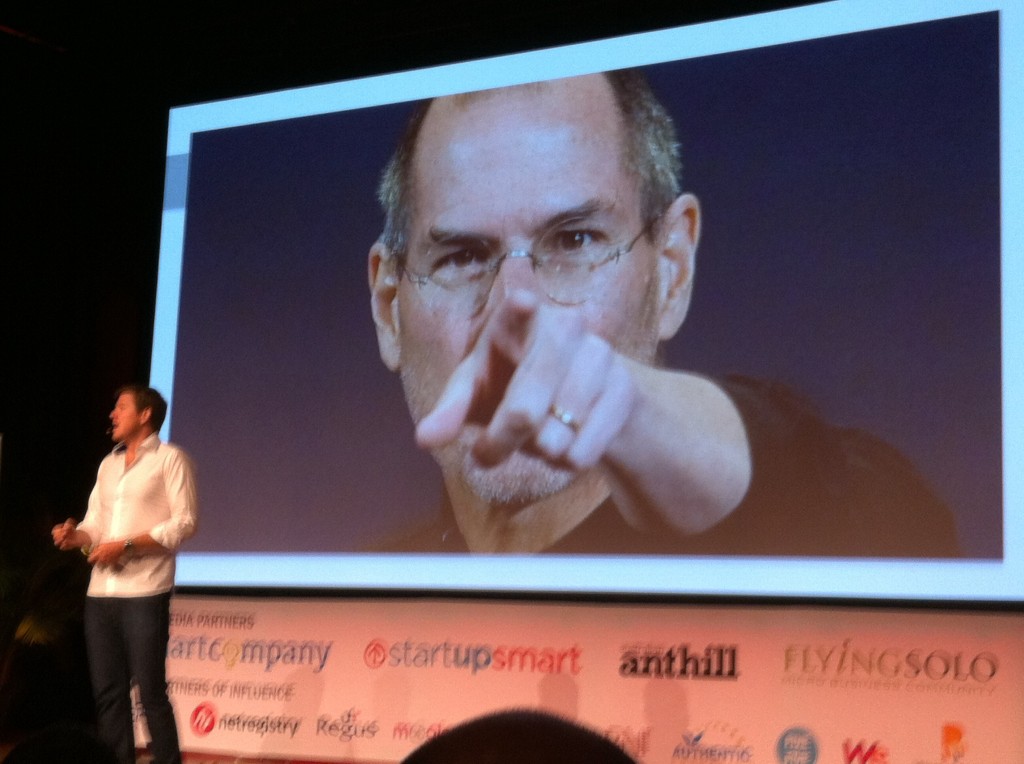Need this implemented into your business? Talk to the international business advisor who can do exactly that – Contact Jacob, Learn More, or Subscribe for Updates.
At predictable points in growing a business – defined by the number of staff in your organisation – you will go through significant transitions. Some companies disapparate at these points – rapidly jumping forward – while others simply disappear.
These phases have a significant impact on the role and energy of the founder, as they grow from being involved with every client … to developing a process-based business … to ultimately needing to trust the smarter people they’ve hired for specific roles. How well you manage these transitions will determine how fast you move through them – it’s not uncommon for small businesses to rapidly double in size, even after years of being stuck, because they finally accept that things have changed. One of my greatest success stories as a business coach was the company that went from $1 million in annual revenue to $1 million per month just a year later, as a result of following this advice.
In this episode we also share the impact different phases have on your recruitment decisions. If you’ve ever had a loyal team member suddenly become a roadblock, or recruited an exceptionally experienced person only to find they were completely useless, chances are it wasn’t the person … it was just that their experience and talent was best suited to a phase different to where you were at the time.
I can’t stress enough that these phases and transition points are known and predictable. Why then do so many businesses in Australia still get surprised or stuck? Mostly because they’re not connected with me on LinkedIn (you can fix that here) and they’ve never accepted my offer of a free chat over coffee or Zoom.
But it’s also because they don’t understand some of these challenges. Start fixing that by watching this week’s episode here.
Who is Jacob Aldridge, Business Coach?
“The smart and quirky advisor who gets sh!t done in business.”
Since April 2006, I’ve been an international business advisor providing bespoke solutions for privately-owned businesses with 12-96 employees.
At this stage you have proven your business model, but you’re struggling to turn aspirations into day-to-day reality. You are still responsible for all 28 areas of your business, but you don’t have the time or budget to hire 28 different experts.
You need 1 person you can trust who can show you how everything in your business is connected, and which areas to prioritise first.
That’s me.
Learn more here. Or Let’s chat.
Transcript
G’day Blackboarders.
Have you ever wondered why some businesses seem to grow at an accelerated pace while others get stuck in a quagmire for years? Well, this week’s episode The Five Phases of Business Growth might help you understand and, more importantly, help you see any transitions that you need to make in your business.
Executive Summary
This video explains 5 phases of business growth based on headcount:
- DOING PHASE 2-12 people
- PROCESS PHASE 12-35 people
- CAPABILITY PHASE 35-120 people
- STRATEGY PHASE 120-1000 people
- CORPORATE PHASE 1,000 people+
There’s more above that, but I get bored once you get to the Strategy Phase. And note that this is quite distinct from the Business Lifecycle, which is driven by emotion and relationship not headcount.
Let’s walk through the journey, starting at the beginning.
A one person business may be doing $100,000 in revenue a year, and for a lot of sole traders or solopreneurs that’s the dream, that’s the goal. They want to freelance or consult and make OK money.
The 5 Phases of Growth
If you want to grow, if you want to get beyond that, then you start to build a team and and you head into the first phase, the “Doing Phase“. Now in the Doing Phase, you as the founder and owner of the business are ultimately responsible for doing everything.
You know all of the clients. You probably made all of the sales. You know all of the projects that are going on, and you are responsible for the customer service, the HR, the marketing, and taking the bins out of an evening.
That works because you are on top of everything, but if you want the business to grow, eventually you need to transition.
At about 12 people, $1.5 million in annual revenue, that transition goes from Doing to “Process Phase“. As the business owner, you can no longer be on top of everything in the business. You’ve become a bottleneck. So you need to build and document the processes so your growing team can do the job you need them to do, without depending on you. A lot of business owners get stuck trusting their team or properly documenting those processes.
Now even the processes will only get you so far. At about 35 people, and I stop talking about dollars at this point because gross profit margins vary so much in different industries, but at about 35 people, you hit another transition point. The processes you’ve built, and probably you are the one who’s built them, have capped out.

You now need to recruit individuals who have specific capability (it’s called the “Capability Phase“) to tell you how to run that part of your business better than you could possibly imagine. This is a great point for hiring a Marketing Manager or a HR manager or an Operations Manager – people who can come in and say “Great, I see what you’ve done to get to this point successfully, and now this is what we need to do to get you even further”.
Now because they’ve got that capability, you can trust them to make more decisions, again handing off some of your own responsibility.
We keep going through the journey, and start to get into a minority of businesses world-wide. At about 120 people, we go through the next transition. This is away from individual capability and into team-oriented “Strategy Phase“.
At this point you don’t have a HR manager, you’ve got a HR team. Each working together in their own specific areas and bringing strategy to you as the business owner. You don’t know all the details of implementation, you don’t understand how each of them do their job, but you don’t need to. You just need to sign off on the strategy. Rinse and repeat for your Marketing Team, your Sales Team, your Finance team and so on – sometimes leveraging external expertise, but now always with responsibility and talent inside your business.
And at the top level, north of 1,000 people, you start to get into a real “Corporate Phase” structure for your business. This is where you need additional layers of management, communication channels, the kind of things that small businesses think of as incredibly boring and painful but are necessary to actually keep a business of that size running.
The Key Challenges for Founders and Business Owners
The key challenge for you as a business owner is being willing to let go at various points in time, and knowing where and how to let go of specific tasks.
There are two key recruitment mistakes I see all the time. The first, in the transition from Doing to Process Phase, is the life-saver who becomes a martyr.
At this point, one of your first hires is almost certainly some kind of Office Manager. They are someone responsible for a lot of the administrative (Red) functions. Looking after the premises, the IT, the financials, maybe even helping out with some of the HR.
Initially having that person who could do take all of those responsibilities was incredibly valuable for you, allowing you to focus on revenue and growth. But at the point you are transitioning, that person is still holding on. They’re not willing to let go, to hand off responsibilities. They don’t want to document their processes. They’ve become a martyr, they’ve become an energy-suck within the business.
How did that happen? How did this person who used to be a godsend suddenly hold us back? It’s because the business has transitioned and that individual has not.

Chances are, you need to move that individual on. In episode 56, when I talked about the full R ‘n’ R system, I talked about how 20% of your staff could leave. This is the kind of person who will leave. But it’s better for them to go back to a business where their skills are valued and release the energy in your business.
The other recruitment mistake I see all the time is a growing business that recruits somebody who has experience too far ahead in the journey. Back in the Process Phase they get an opportunity to hire not just a ‘marketing assistant’ or a ‘marketing manager’ but somebody who’s successfully run marketing for a 50 or 150 person business. And they think if they can do it for that, imagine what they could bring for our team.
But the reality is, they won’t. They can’t.
At this point you still need someone who can roll their sleeves up and get stuff done. In a Strategy Phase business that person is leading a team, and the team are actually doing it. They have the knowledge, but not the ability to actually do it and do it right for a business your size.
That’s what your business needs.
Recruit the right person for the right phase in your business. And as a leader, be willing to Let Go to Grow.

Next Steps
Want to learn more about how this can apply to your business? It costs nothing to chat:
- Email me jacob@jacobaldridge.com (I read them all)
- Call, Text, or WhatsApp me +61 427 151 181
- Or just Subscribe https://jacobaldridge.com/about/subscribe-to-jacob-aldridge-com/ to stay in touch





[…] Having the right communication structure […]